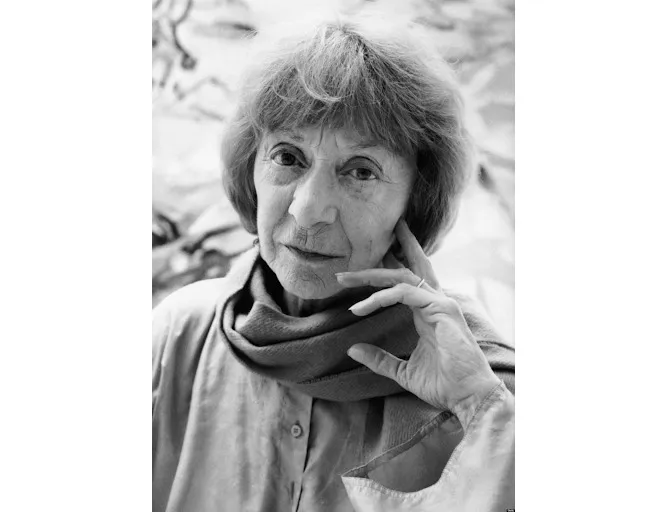


Elaine de Kooning wouldn't spend her profession under the shadow of her better-known spouse, Willem de Kooning. A craftsman in her own right, she took an interest in Abstract Expressionism and large numbers of the developments that followed. Her commitments to workmanship history incorporate a charged picture of President John F. Kennedy, a re-arrangement of customary likeness, and an immediate test to creative sexual orientation jobs.
A 1953 painting by de Kooning, titled Home, came to auction in Doyle’s Post-War & Contemporary Art sale. Explore Elaine de Kooning's life, career, and legacy and know the latest upcoming auctions in the auction calendar of auction daily. Along with this painting, there are a lot more Elaine De Kooning paintings worth seeing.
Elaine de Kooning experienced early achievement in the New York craftsmanship world. She was a noticeable individual from the Artists' Club on New York's Eighth Street, an early center of Expressionist thoughts. In 1938, she was acquainted with her future spouse through conventional drawing exercises. She would later credit her abilities in likeness to his severe instructing. The couple before long became hopelessly enamored and started a decades-in length, turbulent marriage. As Willem's vocation fabricated, Elaine utilized her own impact to give him openings. Her pictures of key figures included Harold Rosenberg, a craftsmanship pundit; Thomas B. Hess, the supervisor of the ARTnews magazine; and Charles Egan, a display proprietor in Manhattan. She matched her pictures with sentimental undertakings, purportedly to assist Willem with getting.
She started composing for ARTnews in the last part of the 1940s to support the couple's pay, giving publications and evaluates of contemporary workmanship. This openness encouraged her benefit both certainty and consideration, which gave her a lift when she began building up her composition vocation vigorously. Brandon Brame Fortune, the custodian of a 2015 review at the National Portrait Gallery, portrayed her strategy: "As far as she might be concerned, every individual has a represent… the posture is the individual."
During a brief partition from Willem, she started voyaging and showing workmanship expertly. This period was essential in the advancement of her style. While remaining in Albuquerque, New Mexico, she extended the size and shading range of her work. De Kooning likewise began to alter Abstract Expressionist brushstrokes to more readily catch the character and development of her subjects, which included matadors, sports stars, and companions.
In 1962, a commission came to paint President John F. Kennedy. The decision offered basic help for the Abstract Expressionists. De Kooning was picked for the commission dependent on her standing for speed and her situation at the front line of the new development. She chipped away at the task with extreme fixation for longer than a year, finishing many representations and varieties to catch the President's similarity. The finished canvas was marginally overwhelming size and is today housed at the National Portrait Gallery.
After Kennedy's death, de Kooning expounded on the interaction for ARTnews. "Beside[s] my own extreme, various impressions of him, I likewise needed to fight with his 'reality picture' made by the unending paper photos, TV appearances, exaggerations… Covering my dividers with my own representations and these photos, I worked from one material to another… continually making progress toward a composite picture."
Contrasted with her significant other, de Kooning didn't appreciate close to as much monetary accomplishment during her lifetime. In the course of the most recent couple of many years, in any case, her work has been rediscovered. The 2015 presentation at the National Portrait Gallery helped separate her work from Willem's, showing pundits their comparative however particular imaginative plans.
De Kooning's artworks likewise started to perform better at closeout, with costs ascending as she drew the consideration of gatherers. Large numbers of her turn outsold for under $1,000 around 2010, with some mallet costs as low as $450. In May of 2018, in any case, a still life painting by de Kooning sold for $12,000 at Rago. Sometime thereafter, an alternate turnout sold for $38,000 at Heritage Auctions. Her representation of craftsmanship seller Leo Castelli had an acknowledged cost of $75,000 at Christie's in 2016, over 350% of the part's high gauge.
Media source: Auctiondaily